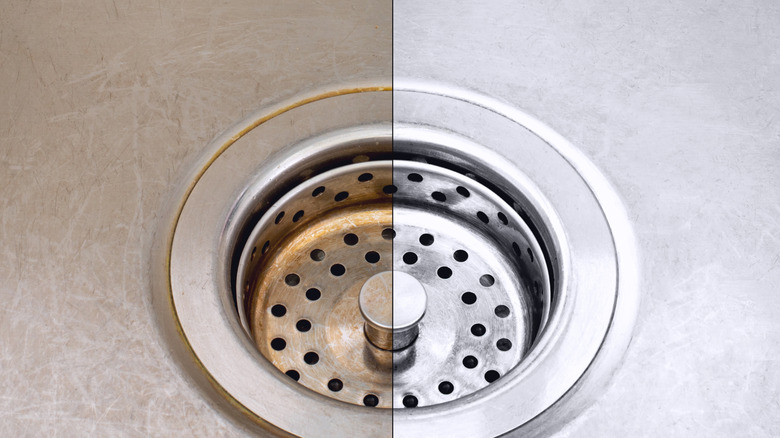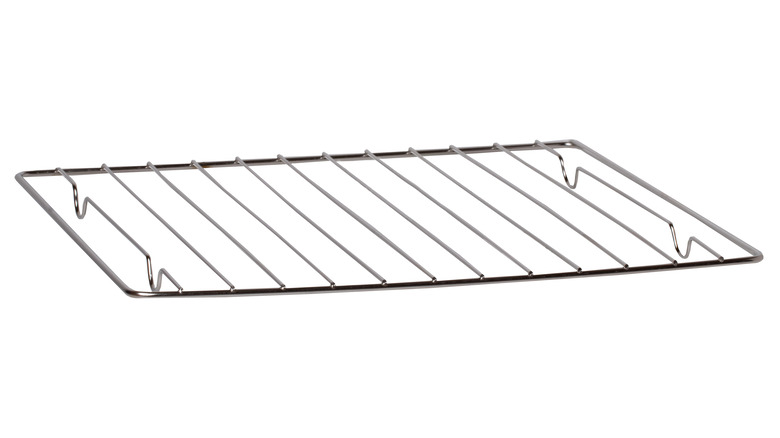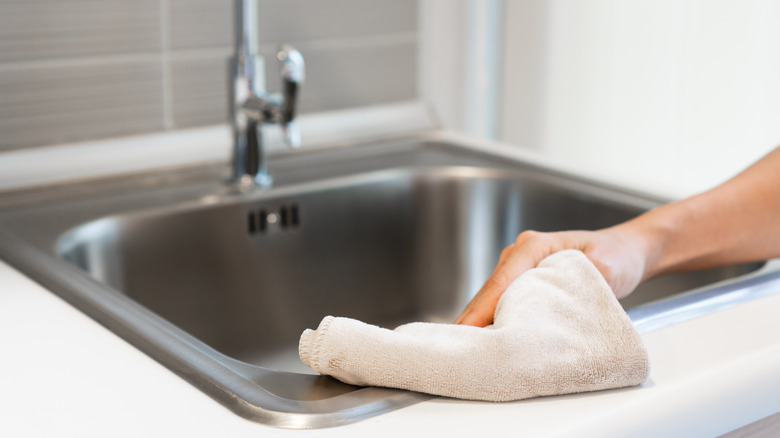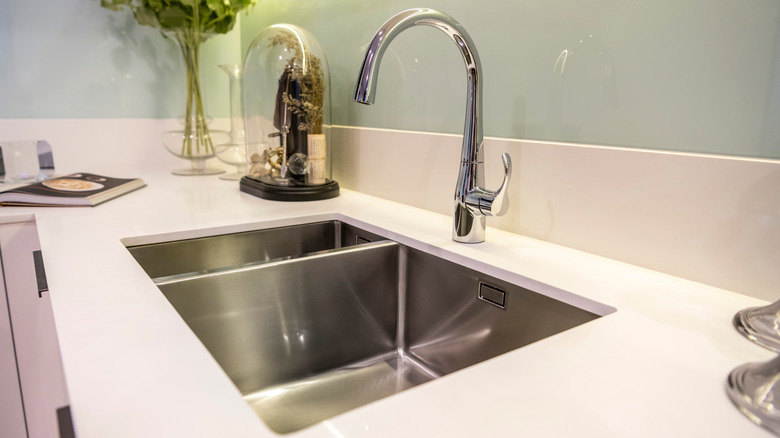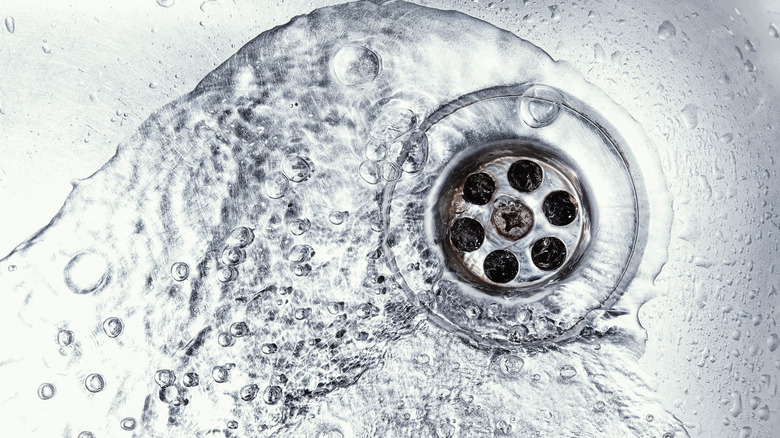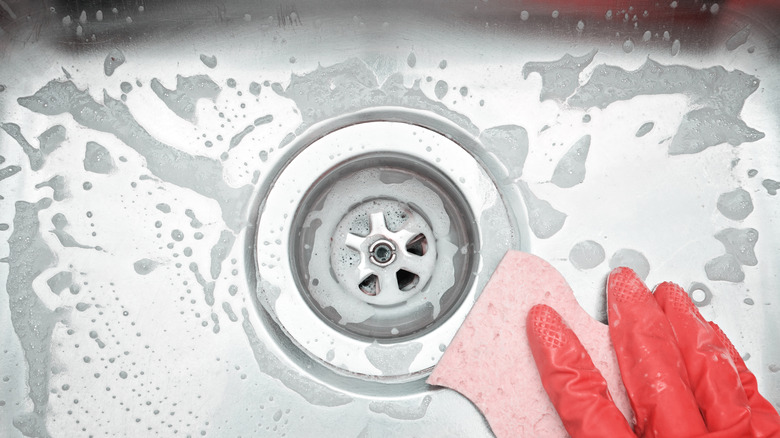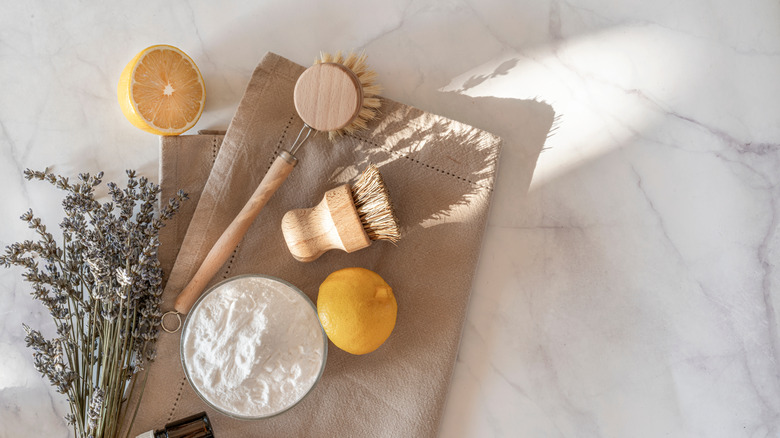How To Keep Your Stainless Steel Sink In Pristine Condition
Let us show you how to keep your stainless steel sink in pristine condition. In this article, we present a handful of techniques that have been categorized into two groups: maintenance tips and cleaning tips. We chose this strategy because we want you to reap the full benefits of owning a stainless steel sink, which in most cases, lies in its durability, aesthetics, affordability, resistance to heat and stain, and imperviousness to chipping, cracking, and fading.
Unfortunately, like every appliance in the kitchen, stainless steel sinks are not invincible. As Just Manufacturing notes, they can corrode, wear out rather quickly, or suffer long-term damage if they have prolonged contact with harsh cleaning agents or are cleaned infrequently or poorly. Fortunately, you have us in your corner to help you preserve the shiny, sleek, and classy appearance of your stainless steel sink. Whenever you are ready, consider the following maintenance and cleaning tips.
1. Invest in a stainless steel grid
Every stainless steel sink needs a metal grid. It is non-negotiable if you want that spick and span look and minimal scratches and nicks. When shopping, consider a stainless steel grid as they blend with the aesthetics of your sink and offer the benefits that come with owning anything made of stainless steel. These bottom grids not only protect your sink but also allow water and other substances to flow down the drain smoothly without leaving a hint of their presence.
Angi agrees with us and advises to steer clear of rubber mats as a sink-bottom protector. Per their reasoning, food particles, chemicals from abrasive cleaners, and other substances or liquids that you expect to wash away can get trapped underneath the mat and stain the surface of your sink, causing rust and corrosion. To avoid this situaton, buy and use a stainless steel grid.
2. Reconsider your cleaning tools
If you want to learn how to keep your stainless steel sink in pristine condition, avoid cleaning tools with metallic components. This includes common household tools like steel wool, wire brushes, and abrasive scrubbing pads. Even though they are great for scrubbing sinks and a plethora of household items, they are not suitable for stainless steel. These items can create unsightly marks, cause further scratches, and leave behind iron particles that invite rust.
Instead, choose a soft to medium nylon brush, Bob Vila says. It is gentle enough to protect your stainless steel sink and effective enough to clean up messes. For hardened stains, consider a soft scouring pad. A good tip is to scrub gently in the direction of the sink's grain to prevent scratches and preserve the sink's design. Another excellent tip from Bob Vila is to use a toothbrush to clean tighter spaces or tricky spots.
3. Wipe down after each use
Sure, it sounds simple enough, but you would be surprised at how challenging it can be to wipe down your stainless steel sink after each use. The good news is that once this simple action becomes a habit, you are well on your way to enjoying a clean, fresh, and shiny sink year-round.
So, what is the logic behind wiping down your stainless steel sink after each use? Well, first, according to Vevano, it prevents the formation of hard water stains and permanent water spots. Second, it makes it nearly impossible for dirt, oil, and limescale to build-up, saving you time since they prove difficult to remove over time. Third, it helps you not to leave food particles and other substances in your sink, thereby effectively eliminating a breeding ground for bacteria. If these reasons sound good to you, go ahead and wipe down your sink after each use. Remember to dry thoroughly with a soft cloth.
4. Make your sink sparkle
When researching how to keep your stainless steel sink in pristine condition, you will notice that the words "sparkle" and "shiny" come up often. This is because a gleaming stainless steel sink is one of the hallmarks of a clean and well-maintained kitchen. There are several ways to achieve this lustrous effect, but the most common is by using club soda.
Per Just Manufacturing, put the stopper in the sink drain and pour in just enough club soda to cover the base of the sink. Using a soft cleaning cloth or foam, apply the club soda everywhere, including fixtures. Finally, rinse the sink and wipe dry. Another way to get that extra shine if your stainless steel sink is looking dull is to add a few drops of olive oil to a dry, microfiber cloth and buff the sink and fixtures until you are satisfied with the result.
5. Keep your stainless steel sink empty
We understand that a busy life can get in the way of your domestic affairs, but if you can help it, do not leave items like pots, pans, and plates sitting in your sink. Wash dishes immediately after use or load your dishwasher right away instead of leaving the dishes out. As Kitchn explains, you do not want to let dishes with food scraps sit in your stainless steel sink as you could risk an invasion of bacteria that you may not get rid of so easily.
Furthermore, if your sink is contaminated, the chances of germs and kitchen pests having contact with your food increases exponentially. Also, let's face it, piling dishes high is an eyesore and your gorgeous stainless steel sink deserves better. If you get around to clearing the dishes, be sure to give the sink a good scrub with anti-bacterial soap.
6. Scrub in the direction of stainless steel grain
While on the subject of how to keep your stainless steel sink in pristine condition, let us discuss the grain of stainless steel. Like wood and rocks, steel too has grains, which according to Vacuums Guide, refer to the unique markings, lines, or stripes of color located on the surface and in the walls of the sink. Typically, they are quite small and appear angled in the same direction.
When cleaning a stainless steel sink, the experts agree to always clean in the direction of the grain. Doing this means you will be able to clean out the grime and bacteria that gets lodged between the tiny crevices of the grain. It also helps to protect your sink from scratches and dings. Pro tip: Do not use greasy rags or towels to wipe down your sink. Choose a lint-free rag or a microfiber cloth.
7. Clean with baking soda and vinegar
For this cleaning hack, courtesy of Rancity Maids, you will need baking soda, lemon, undiluted vinegar, and olive oil. First, rinse down the basin, surrounding countertop, and fixtures. Second, sprinkle baking soda liberally over the surface of the sink, spreading out to form a thin coating that covers the walls of the sink as well. Third, using a soft sponge, cloth, or brush, scrub gently in the direction of the grain of the stainless steel.
After that, cut the lemon in half and squeeze one half of it onto the baking soda. Use the other half to rub the sink, effectively deodorizing it. Then, spray vinegar over the baking soda and lemon paste. Allow the chemical reaction to fizzle out and rinse out the sink thoroughly. Finally, wipe the sink dry and apply a few drops of olive oil to a paper towel or lint-free cloth to buff the basin and fixtures.
